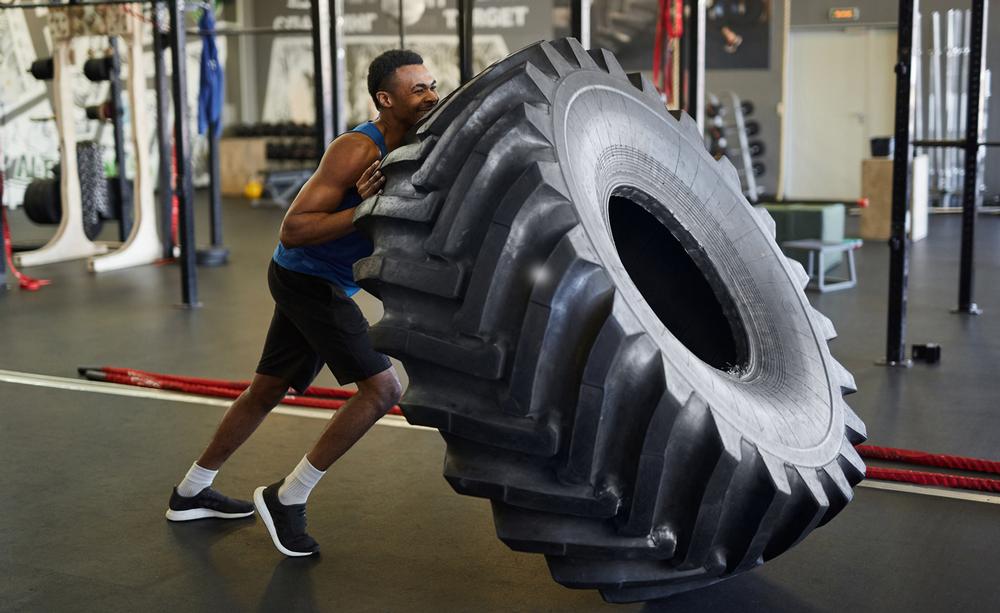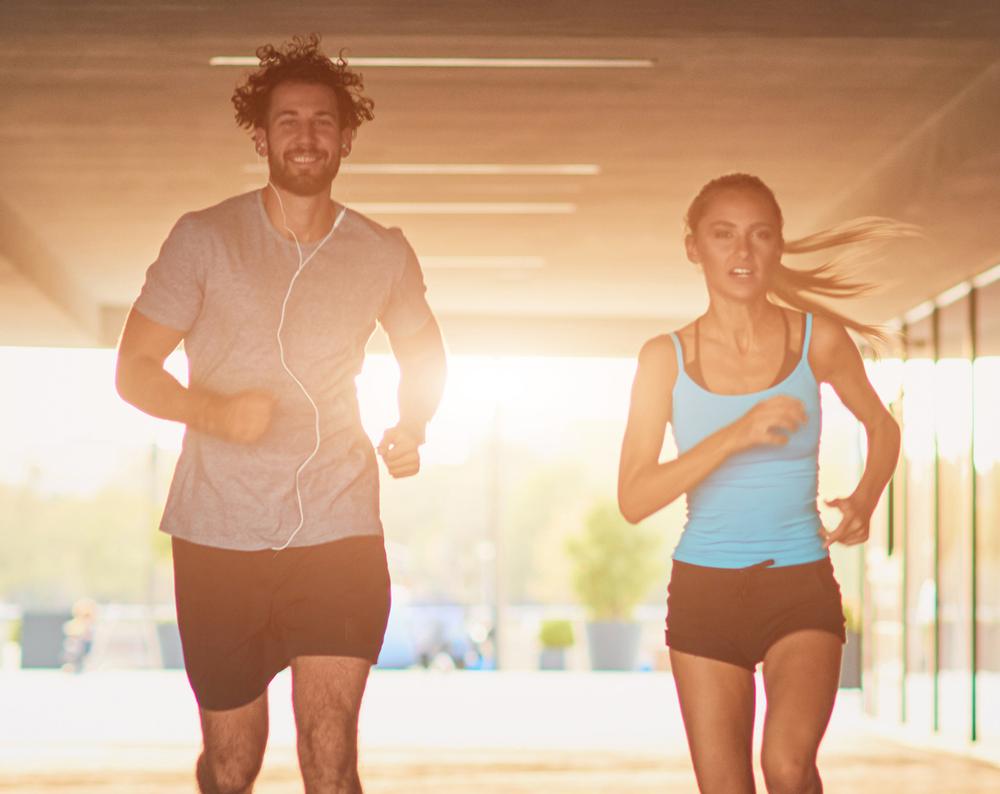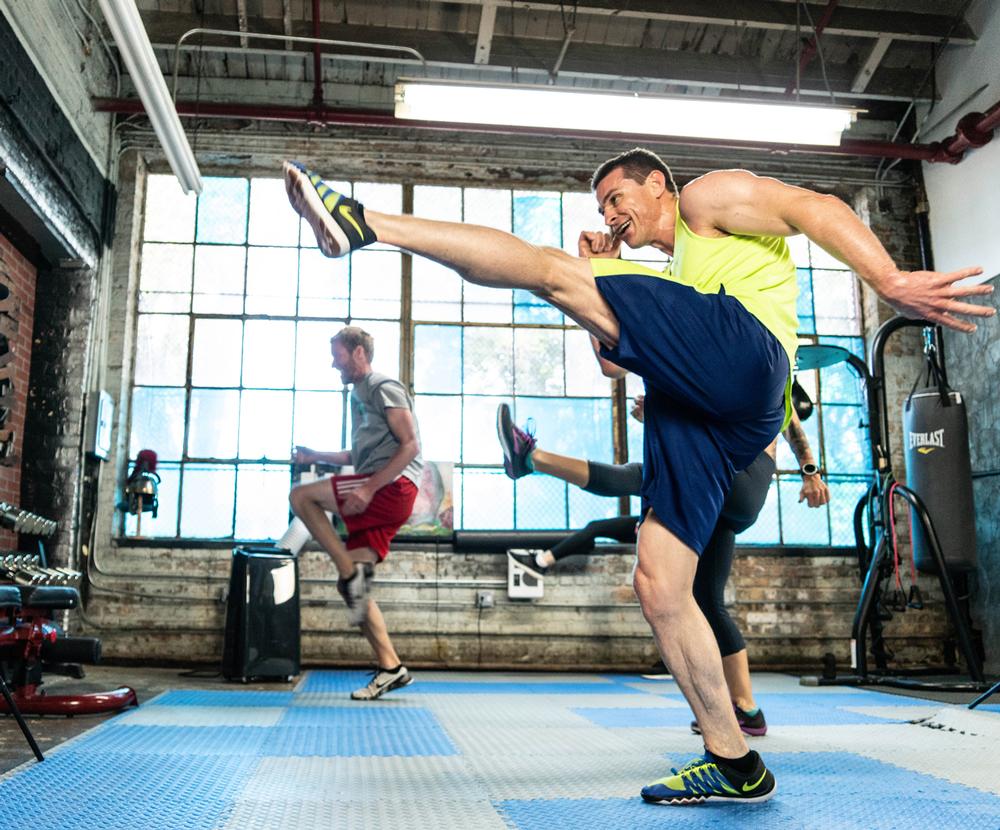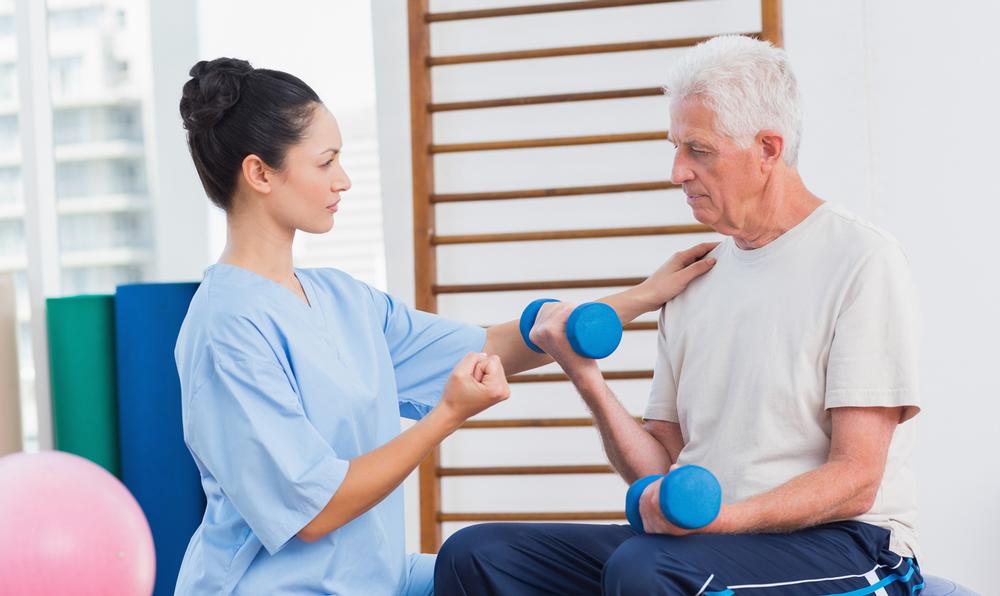Brain Boost
Physical fitness has been associated with better brain structure and brain functioning in adults.
The findings of a study, led by Dr Jonathan Repple of the University Hospital Muenster in Germany, suggests that increasing fitness levels through exercise could result in improved cognitive ability, such as memory and problem solving, and improved structural changes in the brain.
A group of researchers led by Repple used a publicly available database of 1,200 MRI brain scans from the Human Connectome Project and combined it with physical testing to assess the subjects’ physical fitness. Each subject’s cognitive ability was also measured. The researchers excluded subjects with pre-existing conditions, such as neurodevelopmental disorders, diabetes or high blood pressure.
The results of the study showed that physical endurance was positively associated with the global cognition scores of the subjects taking part.
In its conclusion, the group of researchers said the results of the study suggests that physical exercise could be used as a form of preventative healthcare.
The study reads: “The observed pattern of results appears to support the notion of a beneficial effect of physical fitness on cognitive function. This notion is supported by the few available experimental studies indicating that physical exercise leads to increases in memory performance and brain structural integrity.
“This concept might be of relevance for a wide range of domains in health and life sciences including prevention, clinical care and neurobiological research. Along with previous findings, our findings point to the potential of physical fitness as a modifiable factor that might be applied as an intervention in prevention and clinical care.”
The report was simultaneously published in Scientific Reports and presented at the ECNP Congress in Copenhagen, Denmark.
Strength Training
Research could explain the perceived decrease in endurance musculature as a result of strength training, providing new insights into age-related muscle atrophy.
Researchers at the University of Basel’s Biozentrum in Switzerland set out to investigate what exactly happens in the muscle during training – specifically when it comes to the neurotransmitter brain-derived neurotrophic factor (BDNF) and its effects.
The team, led by professor Christoph Handschin, studied the BDNF, which plays an important role in the formation of muscle fibres. Handschin’s team demonstrated that BNDF is produced by the muscle itself and is capable of remodelling the neuromuscular synapses; the neuronal junctions between the motor neurons and muscle.
The conclusion is that BDNF not only causes “strength muscles” to develop, but at the same time leads to the number of “endurance muscle” fibres to decline.
“It is interesting that BDNF is produced by the muscle itself and not only exerts an influence on the muscle. At the same time, it affects the neuromuscular synapses, which are the junctions between the motor neurons and muscle,” Handschin said.
“However, strength muscle growth occurs at the expense of the endurance fibres. More precisely, through the release of BDNF, the endurance muscles are transformed into strength muscles.
“This makes BDNF a factor proven to be produced by the muscle itself and to influence the type of muscle fibres formed.”
A follow-up study showed that in muscle lacking BDNF, the age-related decline in muscle mass and function is reduced. This new knowledge will, according to Handschin, provide a possible explanation for the decrease in endurance musculature resulting from strength training. The correlation is being taken into account in training plans for high-performance sports.
Delezie J et al. BDNF is a mediator of glycolytic fiber-type specification in mouse skeletal muscle. PNAS (6/2019)
Fitness Pays
More than two thirds (68 per cent) of Americans would devote at least an hour each day to fitness activities if they received a financial incentive – even if this inducement was only US$2 per day.
The 2019 UnitedHealthcare Wellness Checkup Survey also revealed that nearly 60 per cent of people in the United States would be more likely to participate in fitness sessions that offered an opportunity to socialise or make friends.
The nationwide study examined people’s opinions about health topics and preferences, with the aim of offering insights to help improve employer-sponsored wellbeing programmes.
Worryingly, the survey showed that most of those studied underestimate the connection between lifestyle choices and chronic conditions.
Only a fifth (22 per cent) of survey respondents recognised that 80 per cent or more of the incidence of premature chronic conditions – such as heart disease, stroke and diabetes – are generally caused by modifiable lifestyle choices, such as smoking or unhealthy diets.
More than half (53 per cent) of the survey’s respondents also anticipate being able to accomplish everyday activities until 80 or older, including 11 per cent saying those tasks will “never” be an issue.
Compiled by health care specialist UnitedHealthcare, the UnitedHealthcare Wellness Checkup Survey was based on a sample of 1,000 US adults aged 18 and older. The study results were published in May 2019
Exercise Tweets
Boston University School of Public Health (BUSPH) has combined social media posts and machine learning to chart the exercise habits of entire populations.
BUSPH researchers combed through exercise-related tweets from across the US and analysed the language of the tweets to uncover how different populations feel about different kinds of exercise.
The researchers used a set of AI models to find and analyse more than 1.38 million relevant tweets by 481,146 individual Twitter users in 2,900 US counties.
By doing so, researchers were able to unpack regional and gender differences in exercise types and intensity levels.
According to Dr Elaine Nsoesie, assistant professor of global health at BUSPH. The research unearthed insight that could be used to help make populations more active.
“By understanding differences in how people are exercising across different communities, we can design interventions that target the specific needs of those communities,” Nsoesie said.
“The study showed that, in most cases, lower-income communities tend to lack access to resources that encourage a healthy lifestyle.”
Dr Nina Cesare, study senior author and postdoctoral associate in global health at BUSPH, added: “In the future, social media and other digital data could help create interventions and policies informed not just by the habits of these communities, but also by what they think of different physical activities.
“We believe this work provides a step in the right direction.”
The top exercise terms were walking, dance, golf, workout, run, pool, hike, yoga and swim. Walking was the most popular activity overall, but other activities varied by gender and region.
Findings included that women in the West of US did more intensive exercise than in any other region, while the Midwest had the most intensive exercise among men. Men did slightly more intensive exercise than women overall, and the South had the biggest gender gap in exercise intensity.
Cesare N et al. Social media captures demographic and regional physical activity. BMJ Open Sport & Exercise Medicine (5/2019)
HIIT Injury
A study on exercise injuries suggests that people who engage in HIIT could be putting themselves at greater risk of injury.
Research by Rutgers University in the US shows that there has been a steady increase in the number of injuries accredited to the use of exercise equipment since 2007. Using an analysis of people’s exercise habits, the study then linked this increase with the growing popularity of HIIT.
A team of researchers at Rutgers analysed records in the National Electronic Injury Surveillance System from 2007 to 2016. They found 3,988,902 injuries resulting from the use of specific exercise equipment – barbells, kettle bells and boxes – and people doing callisthenics (burpees, push-ups and lunges). Both methods of exercise are common in HIIT.
The researchers found a steady increase (an average of 50,944 injuries per year) in gym injuries, which the team deemed to be in line with analytics showing the growth in the number of people doing HIIT workouts.
In terms of the types of injuries, the study found a significant increase in nerve damage, internal organ injuries, concussions, puncture wounds, dislocations, sprains and strains for the time period. Most involved knees, ankles and shoulders. The “most injured group” was white males aged 20-39.
In conclusion, the report states: “Given increases in injuries related to HIIT workout programmes, athletes should be educated on how to minimise preventable injuries. With particularly high rates of knee and ankle sprains and strains, neuromuscular training and pre-strengthening programmes, which have been previously demonstrated to be effective among young athletes, may be particularly worthwhile in prospective participants.
“Physicians must be up to date with current fitness trends to best advise patients appropriately.”
Joseph Ippolito, a physician in the department of orthopaedics at Rutgers New Jersey Medical School – and a member of the research team, added: “These workouts are marketed as ‘one size fits all’, but many, especially amateurs, do not have the flexibility, mobility, core strength and muscles to perform these exercises.”
The researchers, however, stressed that the results shouldn’t be seen as a reason for not taking part in HIIT – but should encourage people to seek proper guidance and instruction ahead of their workouts.
“We certainly do not want to discourage people from this type of exercise because of its numerous health benefits, but recommend that they understand the pre-existing conditions and physical weaknesses that may predispose them to injury,” said co-author Nicole Rynecki.
“Exercises such as stretches that can increase range of motion and strengthen rotator cuff muscles are important, especially for older people.”
Rynecki ND et al. Injuries sustained during high intensity interval training: are modern fitness trends contributing to increased injury rates? J Sports Med Phys Fitness (6/2019)
Cancer Care
Northumbria University (NU) has set out to uncover in detail the important role that structured exercise programmes can play in living with and beyond cancer.
Led by Professor John Saxton, head of the Department of Sport, Exercise & Rehabilitation at NU, the survey will combine a number of research projects – undertaken in collaboration with NHS Foundation Trusts in the North East, Norwich and Sheffield.
One of the studies will focus on the role exercise plays in reversing adverse body composition changes – such as increased fat mass and reduced lean body mass – for patients recovering from hormone-receptor positive breast cancer.
Another, large-scale multi-centre trial, is investigating how exercise programmes prior to surgery can be used to improve fitness and treatment outcomes in colorectal cancer patients across the UK.
Elsewhere, a study will be used to develop effective exercise programmes designed to alleviate the side-effects of prostate cancer and its treatments.
“Physical activity and structured exercise have an important role to play in alleviating the physiological and psychological impact of cancer and its treatments. Cancer is now considered a chronic condition because more people are living longer after a cancer diagnosis,” said Prof. Saxton.
“We know that common cancers, such as cancers of the breast, prostate and colon, can be linked to excess body weight and if patients put weight on after treatment, this can be linked to poorer outcomes.
“There is a real need to provide sustainable lifestyle support, including regular exercise, healthy eating and maintenance of a healthy body weight.
The NU research will be closely aligned with NHS treatment plans and has been designed to help build a solid evidence base to support the use of exercise in the holistic management of people living with and beyond cancer.





























































